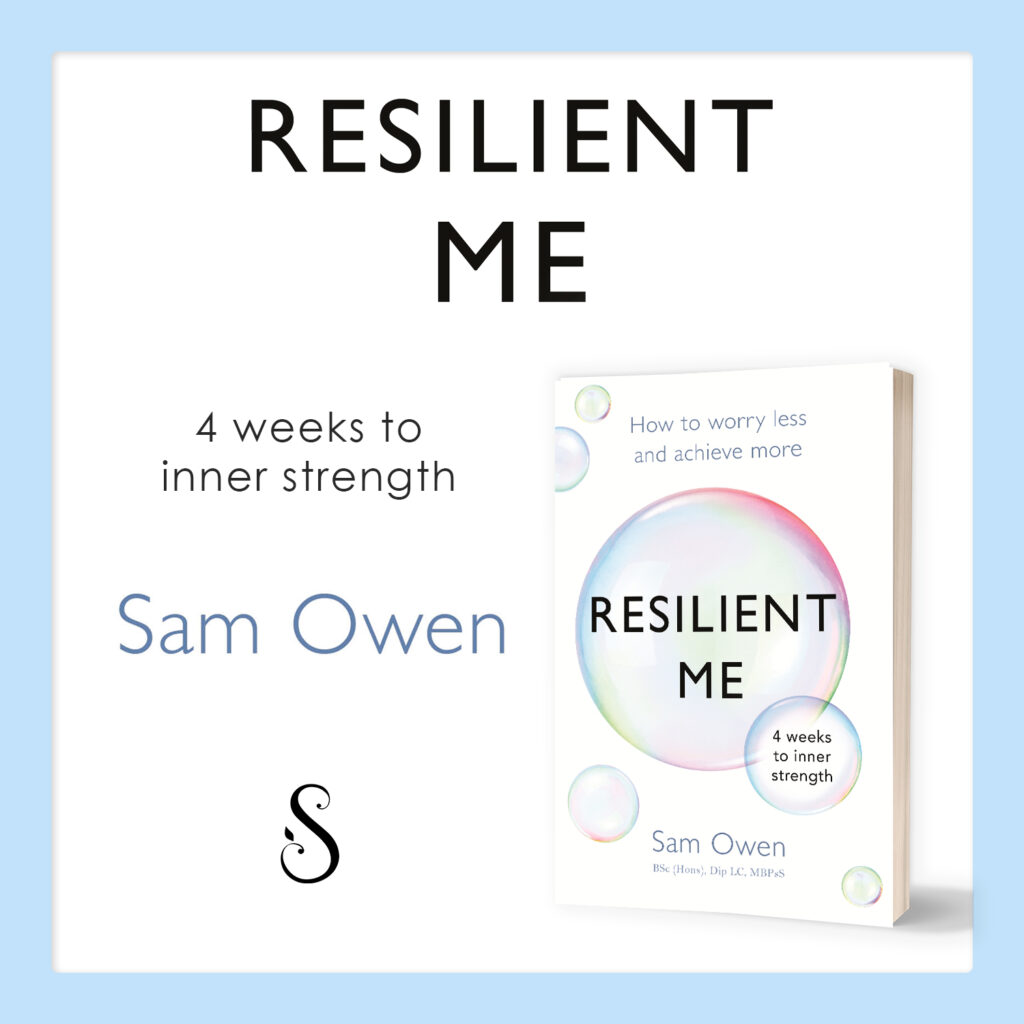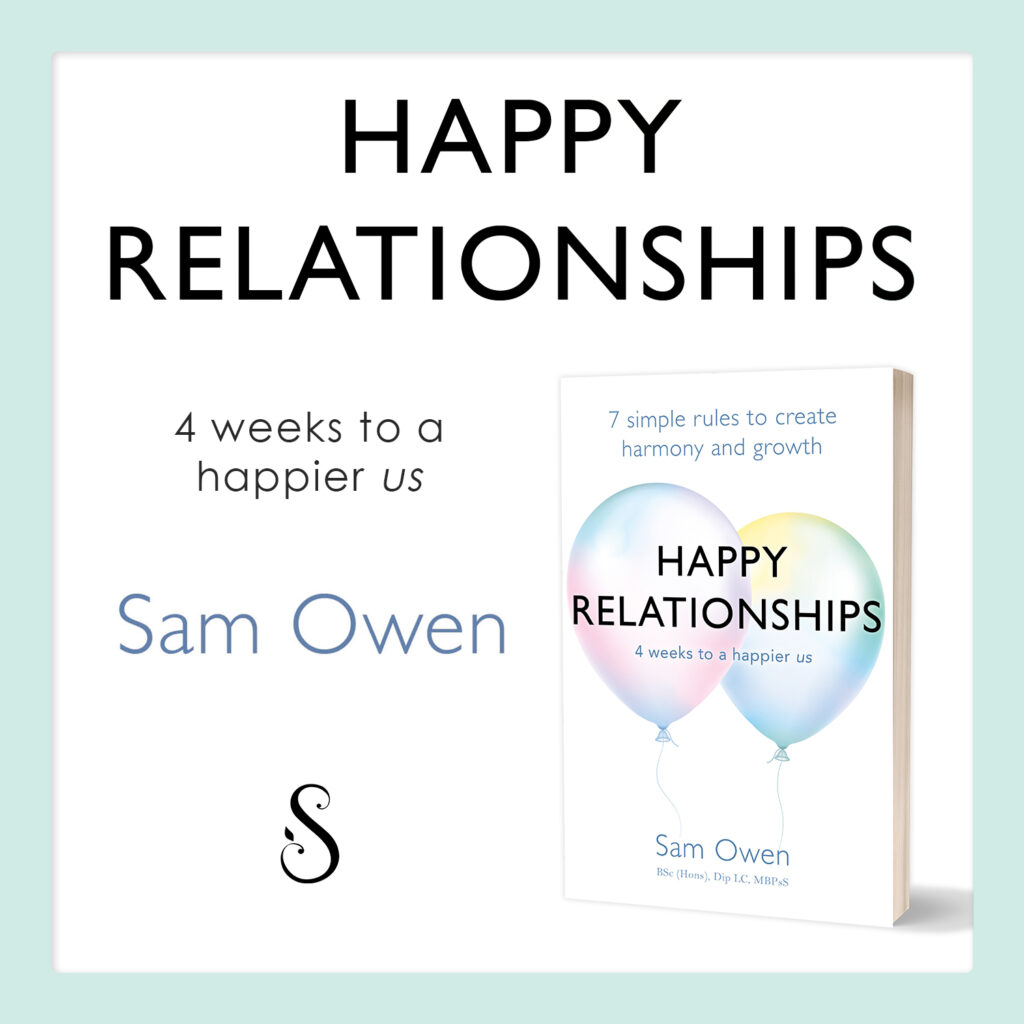
Being Physically Intimate, Even When You Don’t Want To, Could Help Save Your Marriage
We have known for some time that physical touch (sexual and non-sexual) releases the hormone oxytocin in the brain. This hormone is associated with feeling relaxed, feeling safe, feeling like we can trust the person, feeling closer or better connected, and much more.
When couples fall into a relationship rut, they can begin to pull away both mentally and physically. This is possibly one of the worst mistakes we can make as it only perpetuates feelings of being disconnected from our spouse or partner. In my free download, 7 Simple Actions To Transform Your Relationship, I discuss the fact that by reinstating physical intimacy, we often find that the relationship “problems” we think we have, suddenly become less important if not completely insignificant.
Neuroscience research by Coan et al. (2006) explored the impact of physical intimacy between highly satisfied married couples, on the brain and body’s response to threat. Married women were administered with an electric shock on their ankle whilst holding the hand of a stranger, whilst holding their husband’s hand and whilst standing with zero physical contact with anyone.
Functional magnetic resonance imaging (fMRI) indicated that the level of stress experienced by the married women during the administration of the electrical shock, was lower when holding hands with the stranger compared with not holding hands with anybody. Interestingly, the stress response was significantly lower when holding hands with their spouse, lower than when holding hands with the stranger and even lower compared with when they weren’t holding hands with anyone.
The research study suggests that the mere existence of physical contact between two human beings (even without any relationship existing between them) minimises the amount of stress we experience! That’s pretty incredible in itself but what is even more telling is the fact that the level of stress we experience is significantly less when we are physically touching our spouse that we have a satisfactory relationship with.
So, even if you are in a very troubled, unsatisfactory relationship with your spouse or partner and you really don’t want to be physically intimate with each other (touch, kiss, cuddle, sex) understand that by “faking it ‘til you make it”, i.e. being intimate when you don’t feel like it, will actually help you to save your relationship or marriage.
In other words, instead of thinking, I will be physically intimate with them when they stop making me angry and upset and stressing me out, remember that being intimate again will help you to feel less angry and upset and stressed out, and thus help you to think more positively and clearly about how you can reignite the love and passion and repair the relationship.
At the end of the day, relationship problems equal big stress. If you are in a stressed state for a prolonged period of time, research shows you will become tense and unable to think clearly about even the simplest solutions. This then becomes a vicious cycle if you act impulsively by pulling away even further, mentally and physically.
“Fake it ‘til you make it” by reinstating simple daily and weekly intimacies, however much you don’t want to and don’t believe it will make a difference. It will! Remember this research to fuel your enthusiasm about being intimate with your partner during a troubled phase.
By honouring this simple “trick” you’ll begin to feel closer to your spouse again, less stressed, mentally clearer, more trusting and safer and then find it much easier to resolve any relationship issues you need to overcome.
Here is a video of the head researcher, James Coan, discussing this very experiment:
Research article reference:
Coan, J. A., Schaefer, H. S., Davidson, R. J. (2006). Lending a Hand: Social Regulation of the Neural Response to Threat. Psychological Science, 17 (12), 1032-1039.













